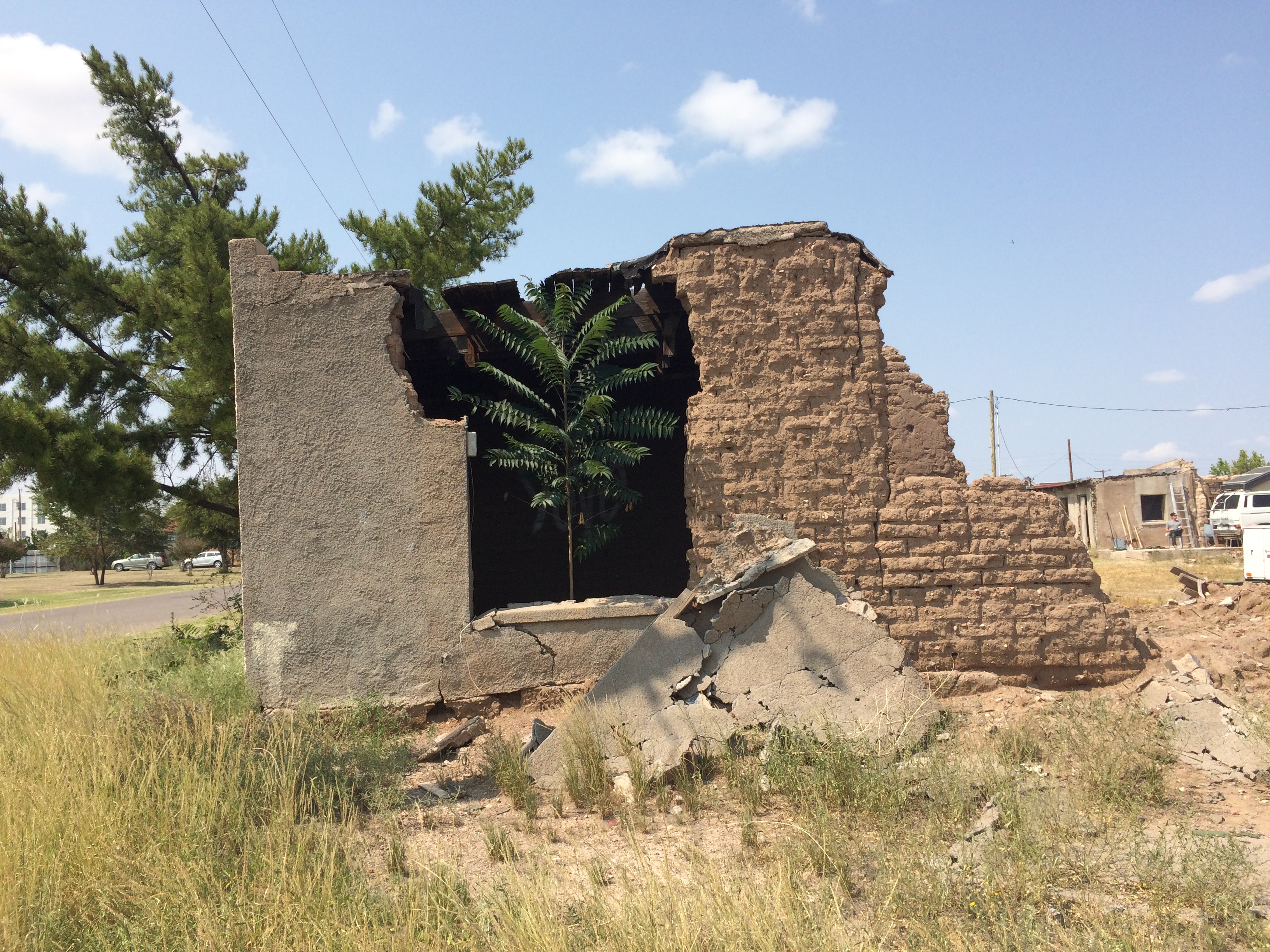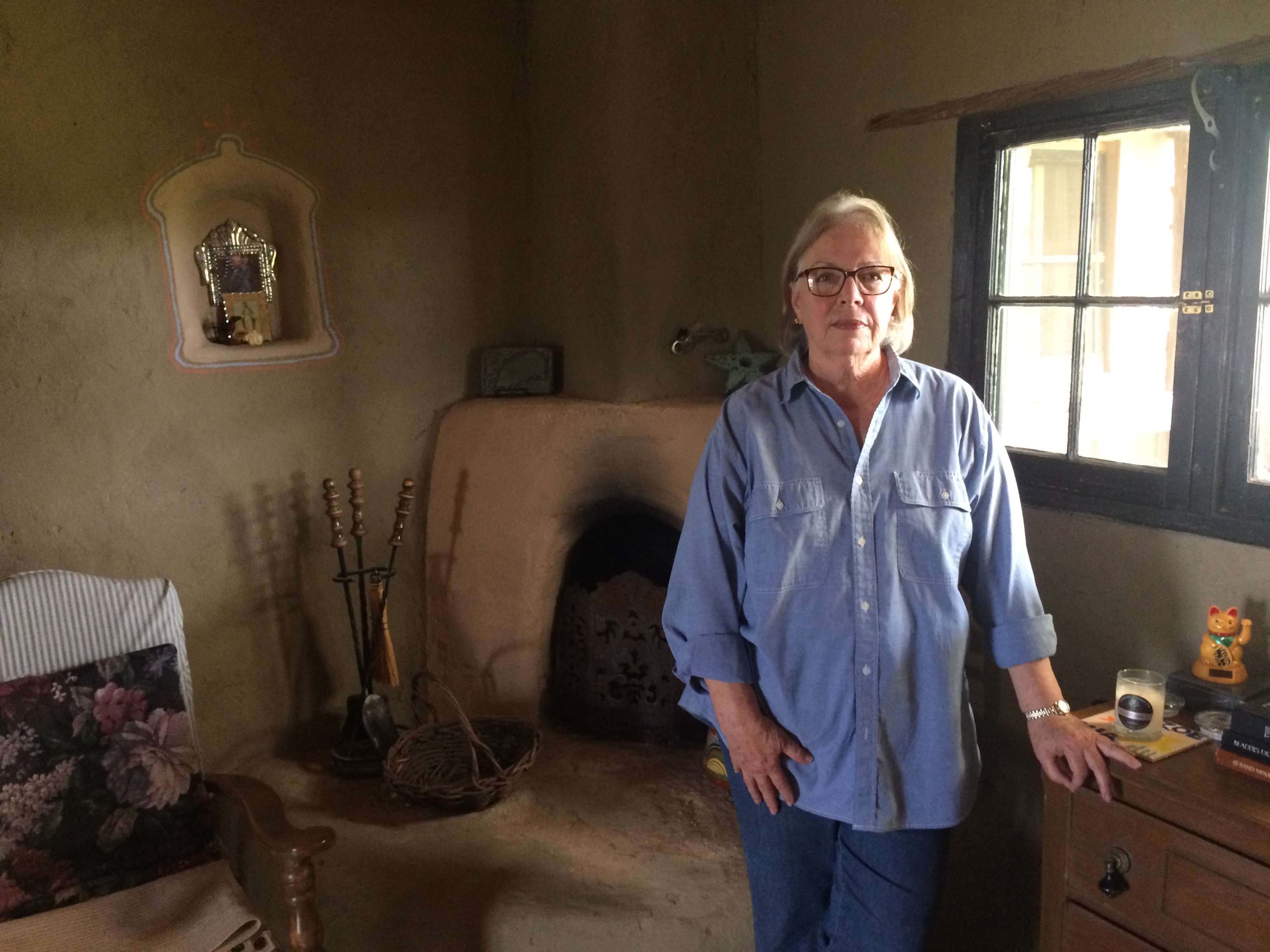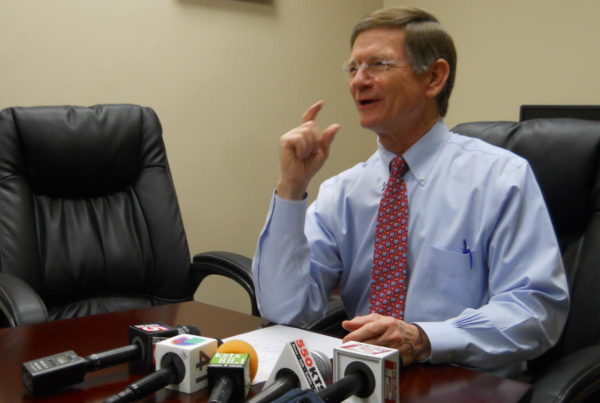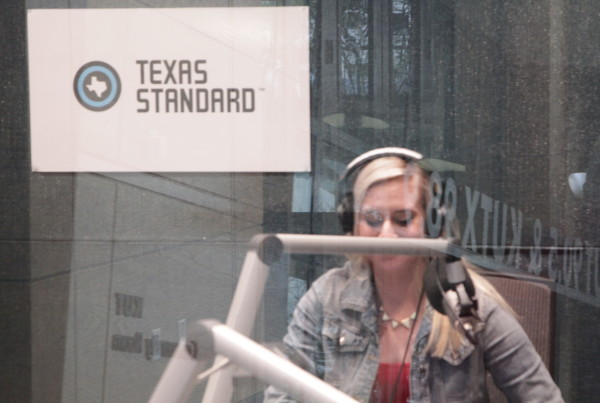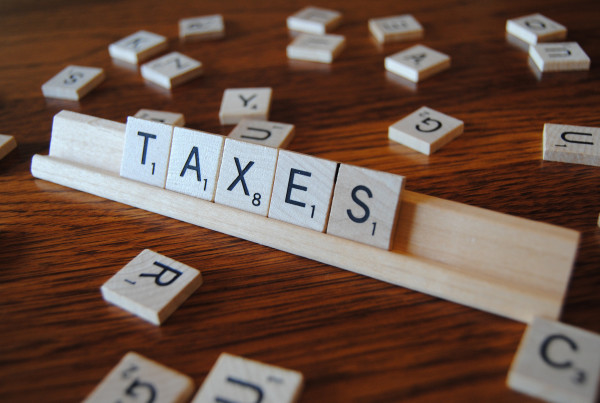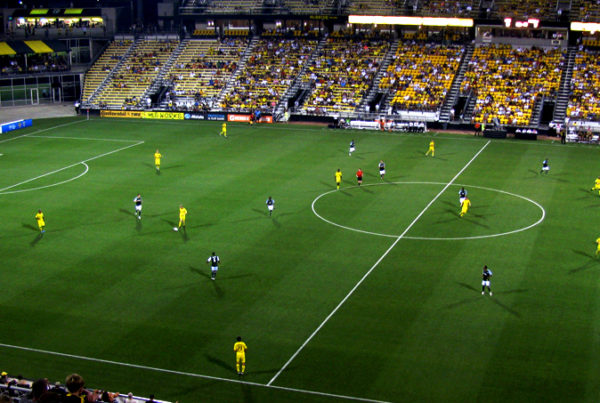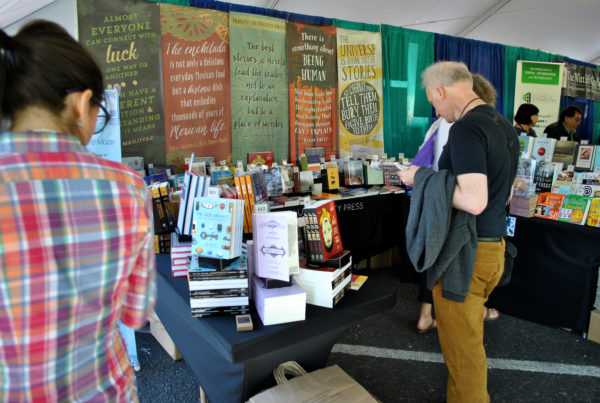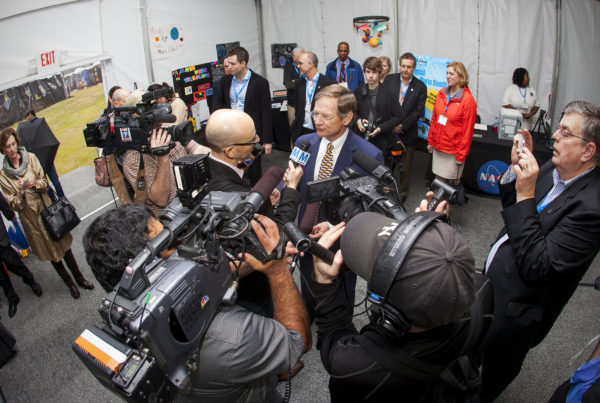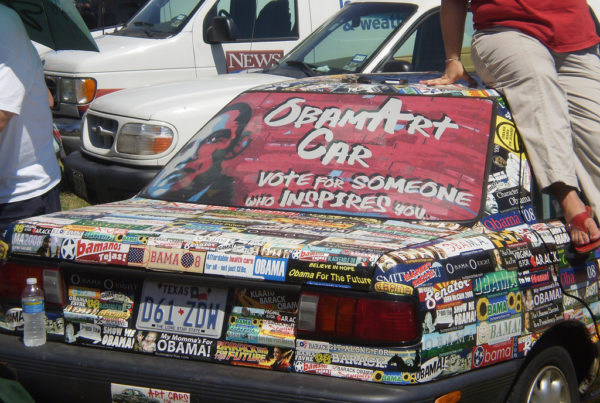Adobe is one of the most humble building materials around: it’s essentially mud, water and straw, shaped into brick, and dried in the sun. If you own an adobe home in Marfa, though, you may have seen a big jump in property taxes this year.
In April, Emily Hocker received a letter from the Presidio County Appraisal District that shocked her.
“My appraisal for last year was $60,020,” Hocker says. “This year it was $99,050. That’s a $39,000 jump. I thought that was outrageous.”
Hocker bought her home in Marfa in the early 90s. At that time, there were abandoned adobe houses all over town, and not many buyers. She paid the owner $5,000, with the promise that she’d restore the house, rather than knock it down. She spent the next five years working to make it her dream home. When you walk through today, you can feel the care she put into restoring it.
“Watch your step. Every room in this house is a different level. I tried to save as many of the original doors,” Hocker says.
In June, Hocker protested her appraisal in front of the Presidio County Appraisal Review Board. She teared up while explaining that she may have to consider selling her house.
“I was looking at those old pictures of us when we were young,” Hocker says. “And we were working on this house. And our good friends were helping us who have died. You know, I got real emotional about the whole thing and was very upset.”
The review board would not adjust her appraisal. The reason?
“Sales data shows that crumbling adobe is well paid for, on many occasions,” says Paul Hunt, who was on the review board at the time. He says adobe is cool. People from Austin, Houston and New York are willing to shell out a lot for the classic west Texas aesthetic. We’re talking half a million dollars, in some cases – in one of the poorest counties in the country.
“In fact, they were given a premium price based on sales data that the district had,” Hunt says.
At the beginning of this year, the appraisal district created a new classification for adobe structures. According to Hunt, 380 homes were kicked into this new “adobe” class. And many saw a markup of about 60 percent.
Bill Messick works at the Texas comptroller’s office, where he’s been auditing appraisal districts since the late 80s. He’s well aware of how property values have been steadily rising in Marfa.
“I’ve never seen a building material phenomenon – like the adobe – ever in Texas happen anywhere else,” Messick says.
Last month, about 20 Marfa residents attended a meeting of the appraisal district’s board of directors to protest the adobe tax. Miguel Mendías was there. Mendías recently moved into a casita that was owned by his great-grandfather. The windows are cracked, and adobe bricks peek through the walls where stucco has fallen off. It doesn’t have electricity or sewage, and no one’s lived in it for years. Yet its appraisal nearly doubled this year. For Mendías, the increased taxes are a stretch.
“It went from $900 a year to $1,600. I know for some people that’s still like chump change. But for me it impacts my ability about how much money I can put into the house,” Mendías says.
Mendías is paying back taxes on the home in order to keep it from being repossessed. His goal is to fix it up and keep it in the family. For Mendías, Marfa’s property taxes cut deeper than financial stress.
The Presidio County Appraisal District has put adobe valuations on the agenda for its next meeting in December, but the next opportunity to make changes to appraisal classifications won’t be until fall of next year.


